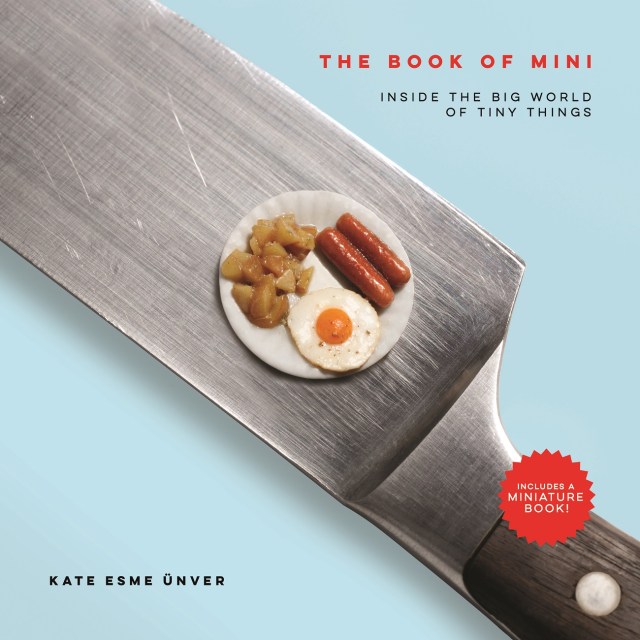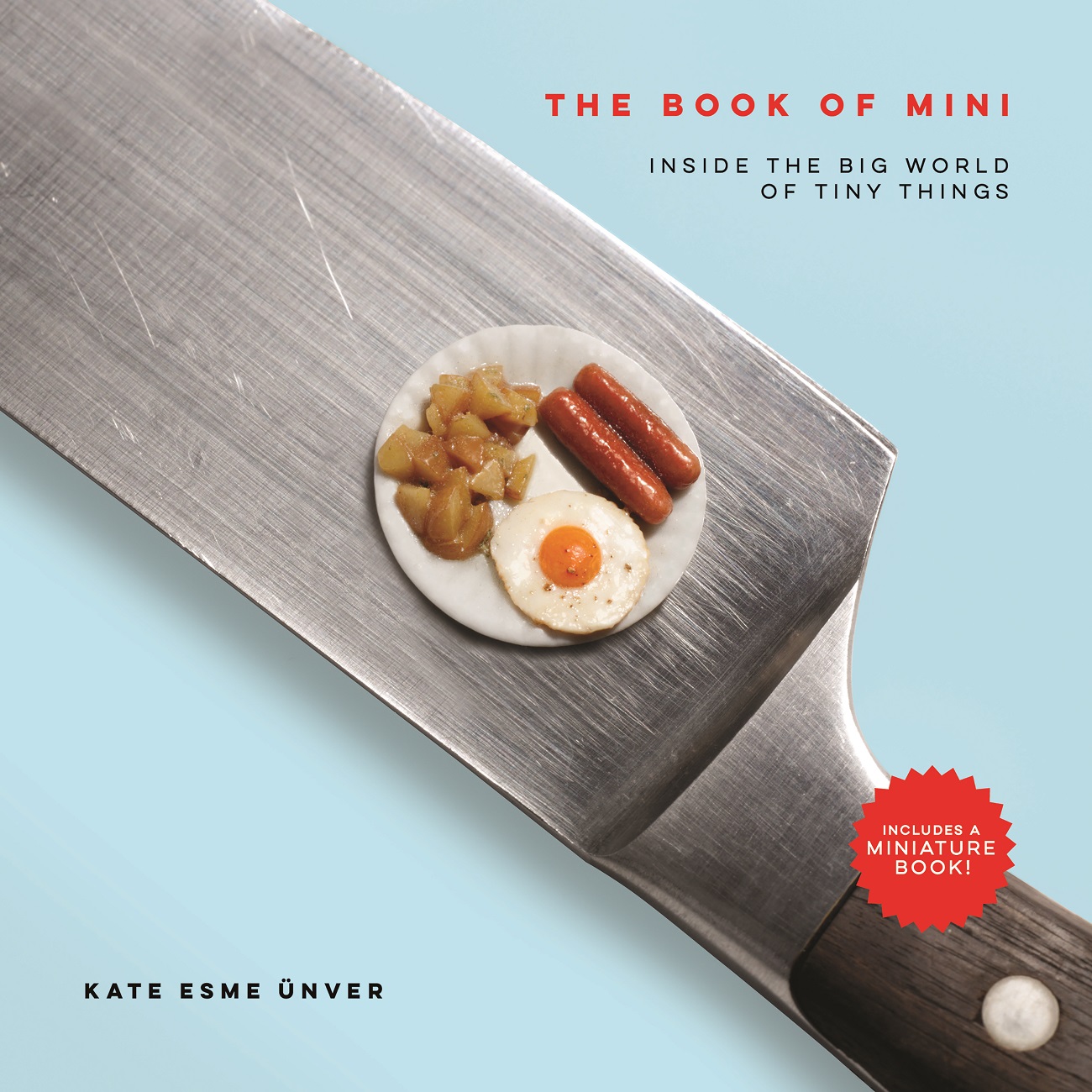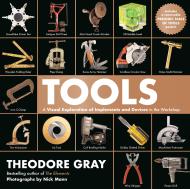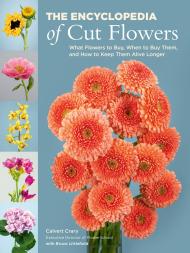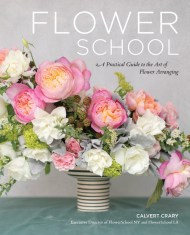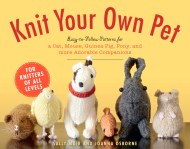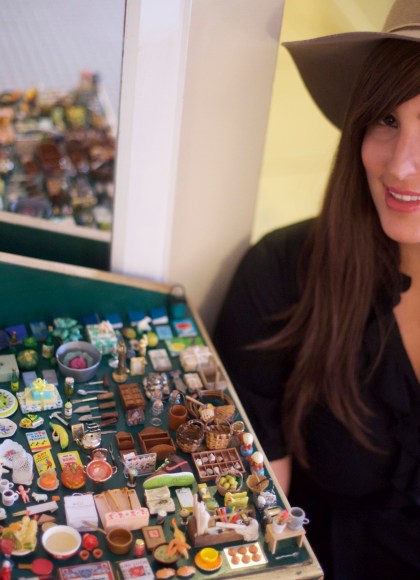Promotion
Sign up for our newsletters to receive 20% off! Shop now. Exclusions apply.
By clicking “Accept,” you agree to the use of cookies and similar technologies on your device as set forth in our Cookie Policy and our Privacy Policy. Please note that certain cookies are essential for this website to function properly and do not require user consent to be deployed.
The Book of Mini
Inside the Big World of Tiny Things
Contributors
Formats and Prices
Price
$22.99Price
$29.99 CADFormat
Format:
- Hardcover $22.99 $29.99 CAD
- ebook $12.99 $16.99 CAD
This item is a preorder. Your payment method will be charged immediately, and the product is expected to ship on or around April 16, 2019. This date is subject to change due to shipping delays beyond our control.
Also available from:
Genre:
-
"A lifelong collector of tiny items and popular Instagrammer @dailymini, Ünver selects hundreds of pieces of artwork (many never seen before) organized into such sections as tiny food, diminutive wildlife, and petite pottery."Publishers Weekly, Spring Announcements feature
- On Sale
- Apr 16, 2019
- Page Count
- 256 pages
- Publisher
- Black Dog & Leventhal
- ISBN-13
- 9780762466689
Newsletter Signup
By clicking ‘Sign Up,’ I acknowledge that I have read and agree to Hachette Book Group’s Privacy Policy and Terms of Use
